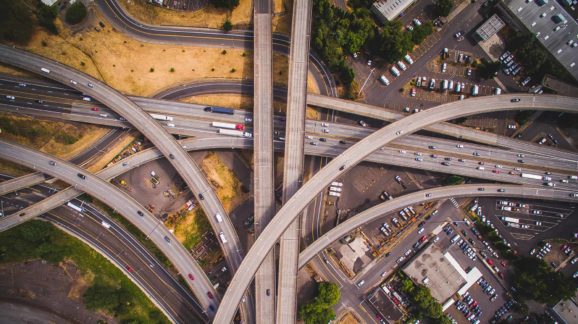Cutting Tailpipe Emission Not That Effective Against Global Warming
The U.S. Environmental Protection Agency announced Monday it will reconsider the federal government’s Corporate Average Fuel Economy standards for passenger cars for model years 2022-25. The Obama administration set very stringent standards, peaking at 54.5 miles per gallon in 2025. After the EPA’s midterm review, it found these standards to be inappropriate. Automakers also warn that the standards are too strict and potentially price millions of consumers out of the market for new cars.
The EPA’s decision could save car buyers thousands of dollars in the showroom, make auto companies more attuned to what consumers want rather than what bureaucrats want, and increase autoworkers’ wages. At the same time, and contrary to what the EPA’s critics claim, relaxing the standards would have no discernible impact on either climate change or energy security.
California claims it has authority under the Clean Air Act to establish its own vehicle emission standards and has threatened to enforce the Obama administration’s standards. But this should not be the case. California’s motor vehicle carbon dioxide standards are de facto fuel economy standards, and the federal Energy Policy and Conservation Act specifies “a State may not adopt or enforce laws or regulations related to fuel economy standards.” According to the EPA, the agency is still re-examining California’s waiver.
The case for rolling back the Obama administration standards can be summed up in three words: cost, choice and safety.
The National Auto Dealers Association estimates the CAFE regulations will add $3,000 to the cost of new motor vehicles by 2025, potentially pricing millions of low-income households out of the market for new cars. A Heritage Foundation study estimates the Obama CAFE mandates have increased new car prices $6,800 above the pre-2009 baseline trend, and that repealing the standards could save buyers $7,200 per vehicle.
The CAFE program limits consumer choice by making larger, heavier, safer but less fuel-efficient vehicles unaffordable or simply unavailable. Heavier and larger vehicles have more mass to absorb collision forces, while also providing more space between the occupant and the point of impact. A 2002 National Academy of Sciences study concluded that CAFE-related size and weight reductions contributed to between 1,300 and 2,600 deaths in a single year and 10 times as many serious injuries.
CAFE prevents consumers from obtaining all the safety they would otherwise be able to buy.
Although advanced technologies such as automatic braking improve vehicle safety, adding size and weight to a high-tech vehicle would make it safer still.
Contrary to proponents, CAFE has never been a smart energy security policy. People naturally switch to high-mpg vehicles when oil prices rise. More importantly, high-cost oil spurs investment in new technologies such as hydraulic fracturing and directional drilling, which then lowers oil prices by increasing supply. A Reason Foundation study estimates that when all economic impacts are properly accounted for, CAFE costs about $500 for every barrel of oil saved — more than three times the highest oil price in history.
CAFE is also a woefully inefficient climate change policy. Obama’s EPA estimated that the 2012-25 fuel economy standards would avert less than two hundredths of a degree Celsius of warming by 2100 — too little to discernibly affect weather patterns, sea levels, polar bear populations or any other climate-related indicator people care about. The Reason study estimates that automakers and consumers spend about $1,000 for every ton of carbon dioxide reduced through the CAFE program. That’s more than 20 times greater than the Obama administration’s social cost of carbon estimate for 2025.
Proponents claim America needs the CAFE program so that automakers produce the cars consumers want. The truth is just the opposite. CAFE impedes automakers from serving consumers. If high-mpg vehicles are always a great bargain, why do we need a law to make us buy them?
